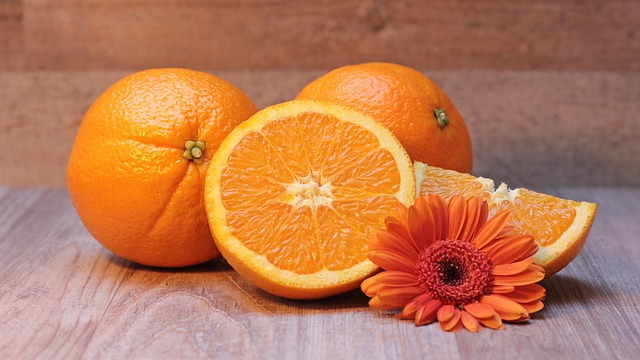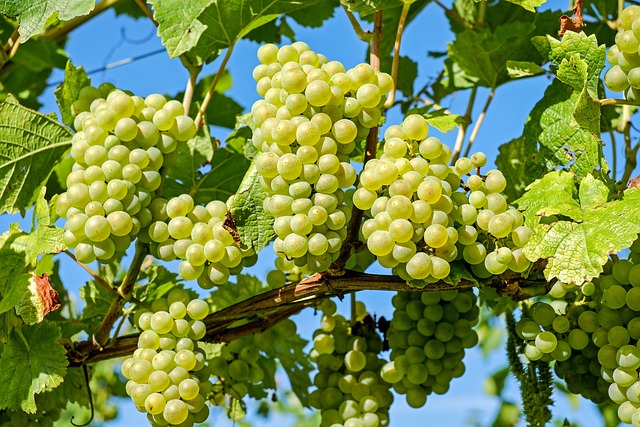Beyond Yogurt: Exploring Lesser-Known Sources of Probiotics
Probiotics have gained significant attention in recent years for their potential health benefits. These live microorganisms, often referred to as “friendly bacteria,” are known for improving gut health and supporting the immune system. While yogurt is commonly associated with probiotics, there are many other lesser-known sources that can contribute to a balanced and diverse gut microbiome.
Sauerkraut
Sauerkraut, a traditional German dish made from fermented cabbage, is an excellent source of probiotics. During fermentation, lactic acid bacteria are produced, creating an acidic environment that promotes the growth of beneficial bacteria. The most common strain found in sauerkraut is Lactobacillus plantarum, known for its potential anti-inflammatory properties and ability to support digestive health.
Kombucha
Kombucha is a fermented tea that has gained popularity in recent years. It is produced by combining sweetened tea with a symbiotic culture of bacteria and yeast (SCOBY). The fermentation process converts the sugar into organic acids and carbon dioxide, resulting in a fizzy and tangy beverage rich in probiotics. Some of the bacteria commonly found in kombucha include Acetobacter, Gluconacetobacter, and Lactobacillus.
Kimchi
Kimchi, a traditional Korean side dish, is made by fermenting vegetables, typically cabbage, radishes, and scallions, with various seasonings. The fermentation process not only enhances the flavor but also increases the probiotic content. Kimchi contains several strains of lactic acid bacteria, including Lactobacillus brevis and Lactobacillus plantarum, which have been associated with improved digestion and immune function.
Miso
Miso is a staple ingredient in Japanese cuisine and is made by fermenting soybeans with salt and a fungus called Aspergillus oryzae. The fermentation process can take several months to years, resulting in a paste with rich umami flavors. Miso is a source of the probiotic strain Bacillus subtilis, which has been studied for its potential to support gut health and improve immune function.
Tempeh
Tempeh is a traditional Indonesian soy product made from fermented soybeans. The fermentation process involves inoculating boiled soybeans with a starter culture, usually a specific strain of Rhizopus mold. Tempeh is not only a great source of protein but also provides probiotics, including Bacillus subtilis and Lactobacillus acidophilus.
Apple Cider Vinegar
Apple cider vinegar (ACV) is made by fermenting the juice of crushed apples. ACV contains acetic acid and a variety of beneficial bacteria. The most well-known strain found in ACV is Acetobacter aceti. While more research is needed to determine the full extent of its probiotic properties, many people incorporate ACV into their diets for its potential health benefits.
Conclusion
While yogurt remains a popular choice for probiotics, exploring lesser-known sources can diversify your probiotic intake and introduce new flavors into your diet. Sauerkraut, kombucha, kimchi, miso, tempeh, and apple cider vinegar are just a few examples of probiotic-rich foods. Incorporating these foods into your meals can contribute to a healthy gut microbiome and support your overall well-being.







